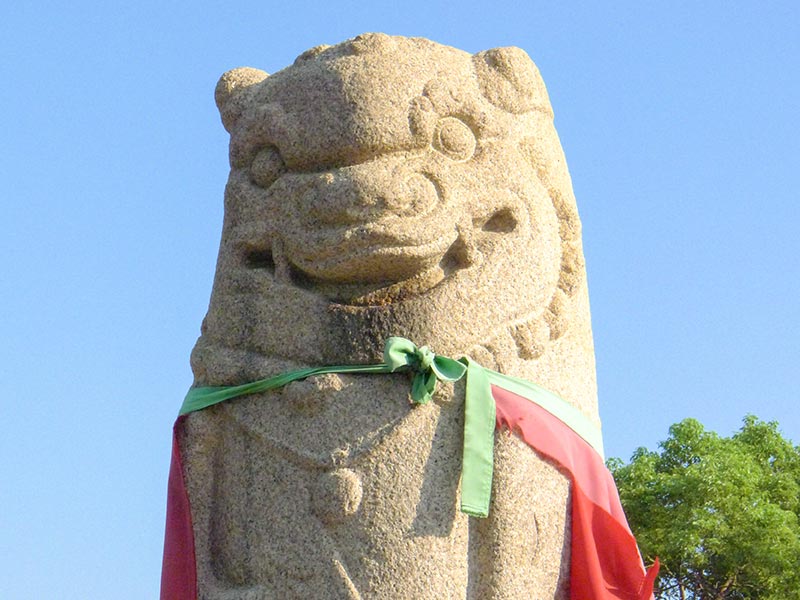Birdwatching and Otter Seeking
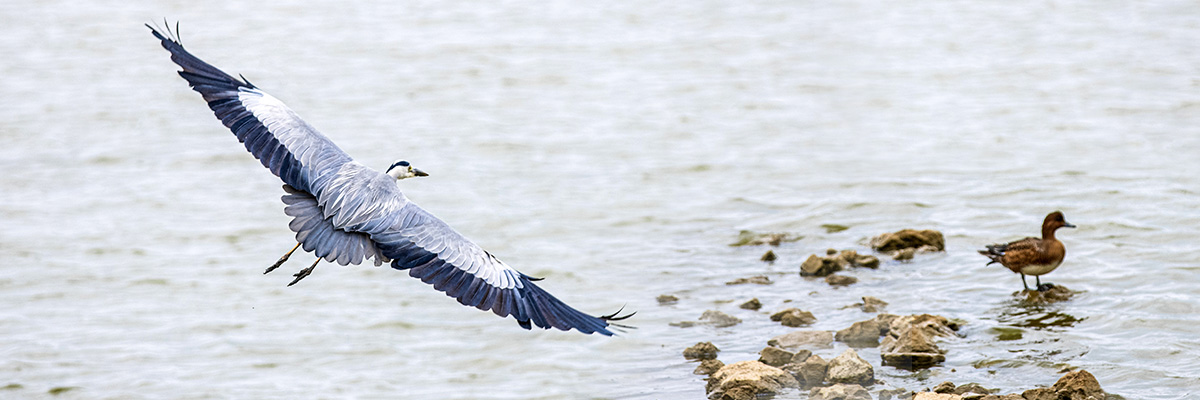
Diverse ecosystem — Heaven for birds and otters
Kinmen is a regular stopping point for migratory birds. Without the disturbance of war, Kinmen has been sustaining both migratory and resident birds with wheats in spring, sorghums in fall and winter and fish, shrimps and clams in the intertidal zone all year round. With abundant food resources, Kinmen is a heaven for all kind of birds including ring-necked pheasants, resident hoopoes and blue-tailed bee-eaters. Otters that are listed as protected species in Taiwan can also be spotted!
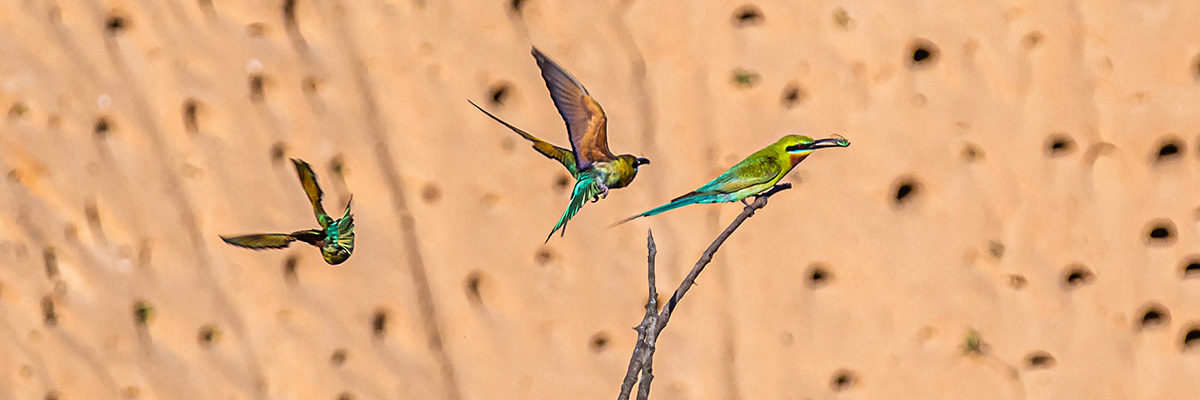
Blue-tailed bee-eaters — Summer fairies only seen in Kinmen
If you are a bird enthusiast visiting Kinmen during summer, you must not miss out on the opportunity to observe the lovely summer fairies, blue-tailed bee-eaters! Blue-tailed bee-eaters are glamorously colorful migratory birds that visit Kinmen during summer. They'd normally nest and reproduce from April to August in Kinmen and flew elsewhere when winter comes. Blue-tailed bee-eaters are colonial breeding birds that dig nest holes. To enable tourists to observe summer fairies without disturbing their nests, Qingnian Farm offers a friendly observing environment by establishing the largest nesting area in Kinmen in camouflage tunnels.
Birdwatching Map
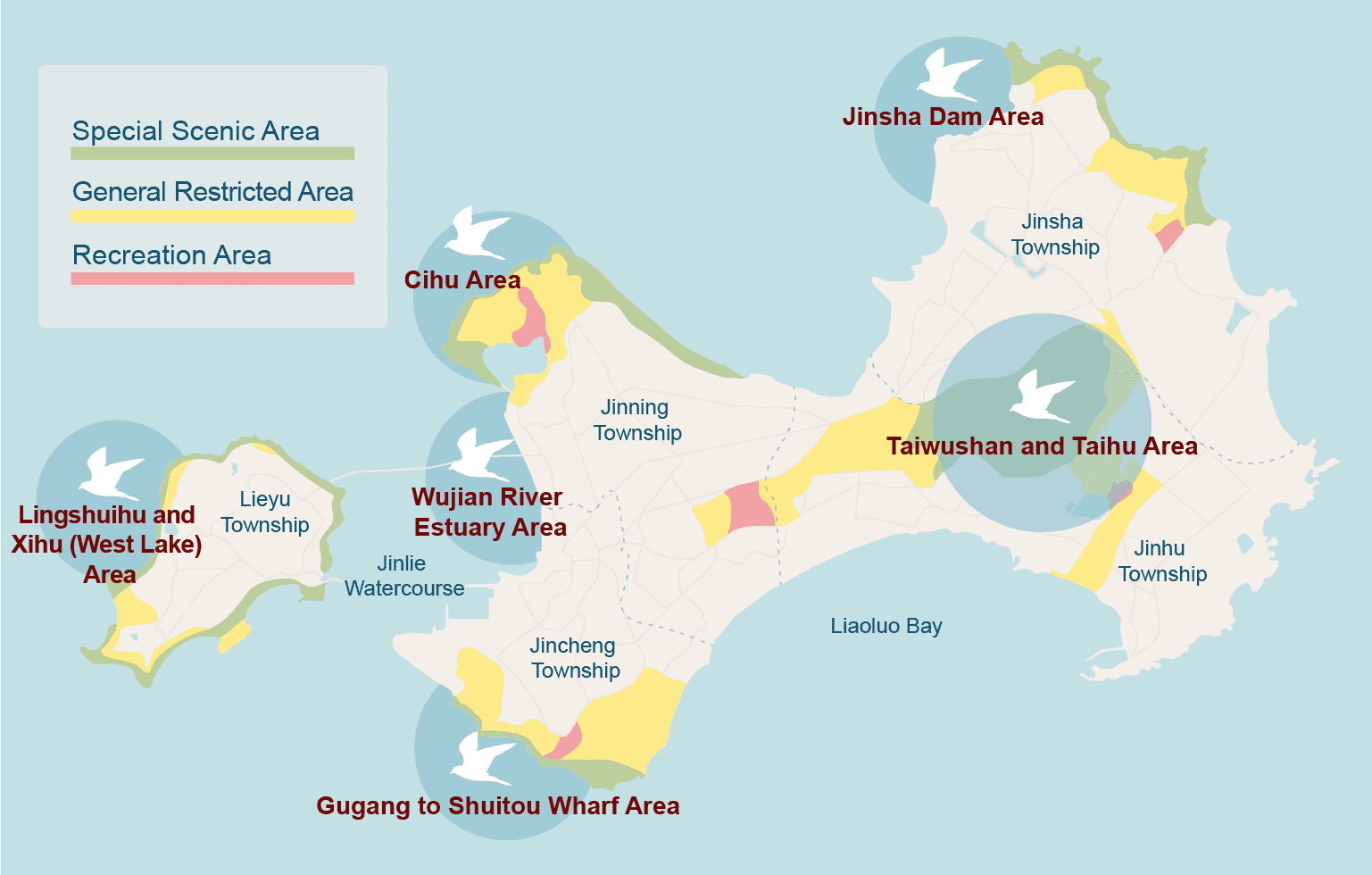
Birdwatching Location
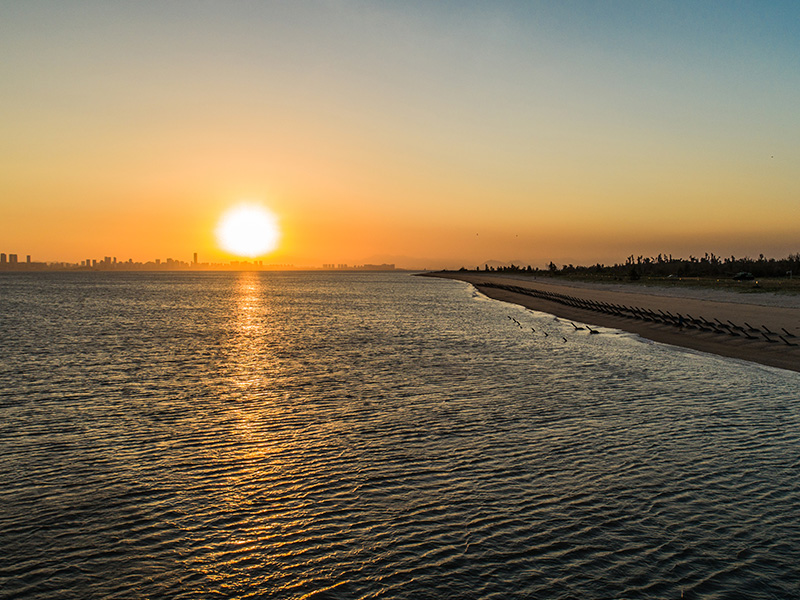
Cihu
At high tide, aquatic birds in the intertidal zone flock in Cihu and wait for the tide to go down. It is a renowned birdwatching location often crowded with cormorants at night.
Common birds: cormorant, caspian tern, black-headed gull, far eastern curlew, little egret, etc.
Birdwatching time:All day / Autumn, winter and spring

Jinsha Dam
Main birdwatching locations include Tiendun Area, Yangshan Area, Pubien Area, Jinsha Dam Area, Chingyu Guanao Area.
Common birds: Ring-necked pheasant, Eurasian magpie, collared crow, grey heron, crow pheasant, etc.
Birdwatching time:Autumn, winter and spring
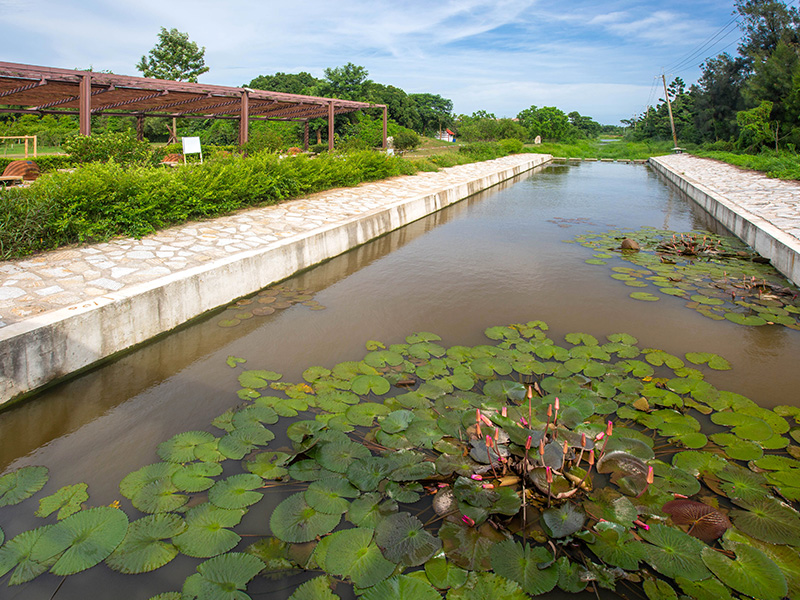
Agricultural Research Institute
Agricultural Research Institute boasts a large territory in which its research pond, farmlands and distillers grain piles provide for a variety of birds.
Common birds: Little grebe, spotted dove, long-tailed shrike, hoopoe, oriental magpie-robin, etc.
Birdwatching time:Dawn and sunset/ Four seasons
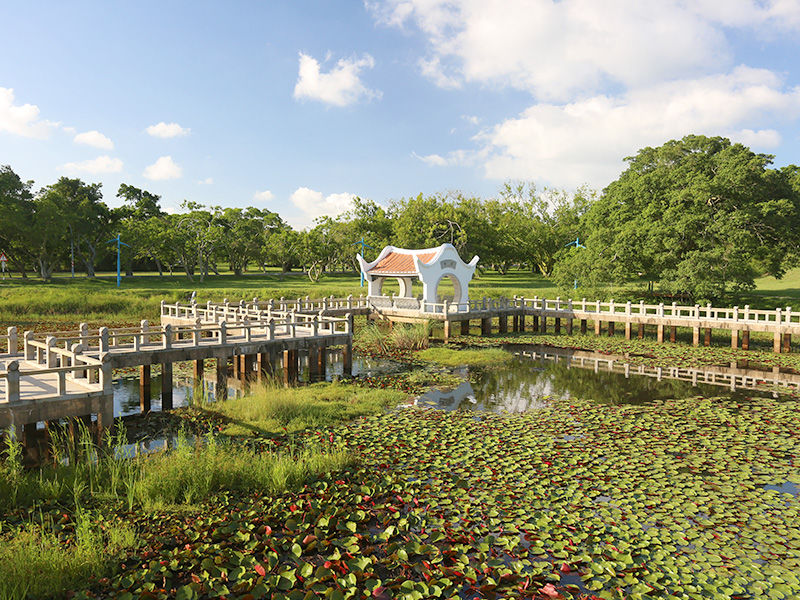
Sun Yat-Sen Memorial Forest
The lush greeneries and a wide lotus pond in Sun Yat-Sen Memorial Forest attract a wide range of arboreal, geocole, omnivorous and aquatic birds.
Common birds: White-throated kingfisher, Atlantic canary, Eurasian magpie, oriental magpie-robin, etc.
Birdwatching time:Dawn and sunset/ Four seasons
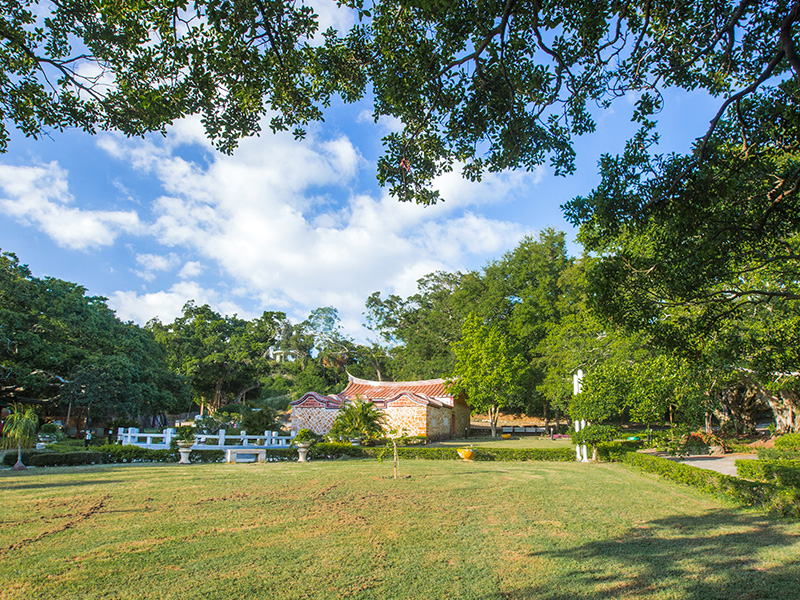
Ficus Garden
Geocole resident birds seek food in the vast grasslands and woods surrounding the ficus garden.
Common birds: Hoopoe, black-collared starling, Eurasian magpie, common starling, white-throated kingfisher, moorhen, etc.
Birdwatching time:Dawn and sunset/ Four seasons
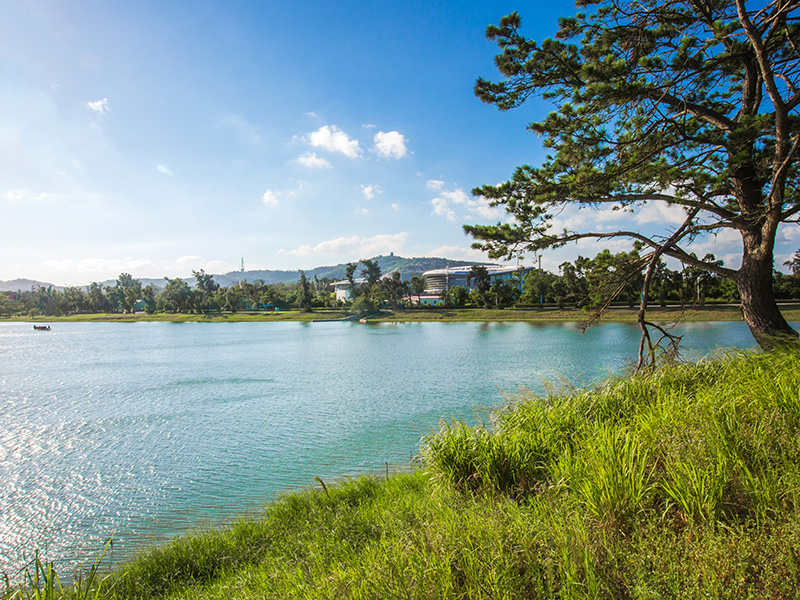
Taihu
Taihu's vast body of water and the nearby trenches provide abundant food resources and shelter for aquatic birds.
Common birds: Egrets, grey heron, kingfisher, great cormorant, Eastern spot-billed duck, etc.
Birdwatching time:Dawn and sunset/ Four seasons (Winter and spring are the best two seasons)
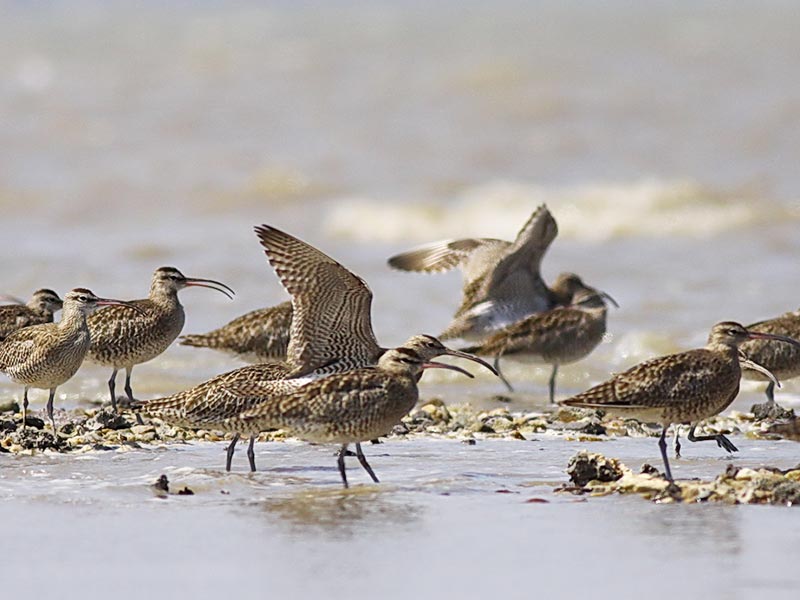
Wujiang River Mouth
The intertidal zone that nourishes lush mangroves, fish, shrimps and clams is the best inhabitant for aquatic birds.
Common birds: Common blackbird, whimbrel, Kentish plover, red-necked stint, etc.
Birdwatching time:Before high tide / Autumn, winter and spring
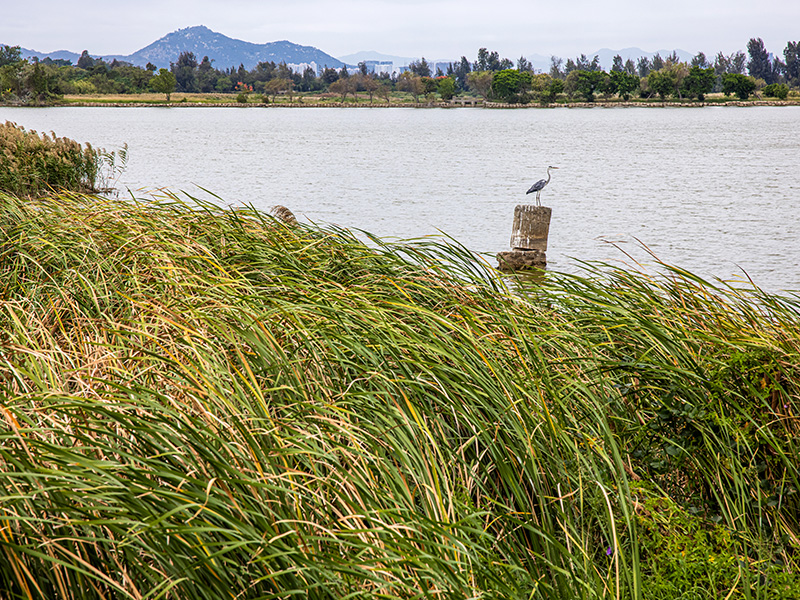
Lingshuihu
Lingshuihu comprises vast body of water with a variety of aquatic plants. The nearby thick and tranquil woods make a great birdwatching spot.
Common birds: White-throated kingfisher, pied kingfisher, little grebe, osprey, common sandpiper, etc.
Birdwatching time:Dawn and sunset/ Four seasons (Winter and spring are the best two seasons)
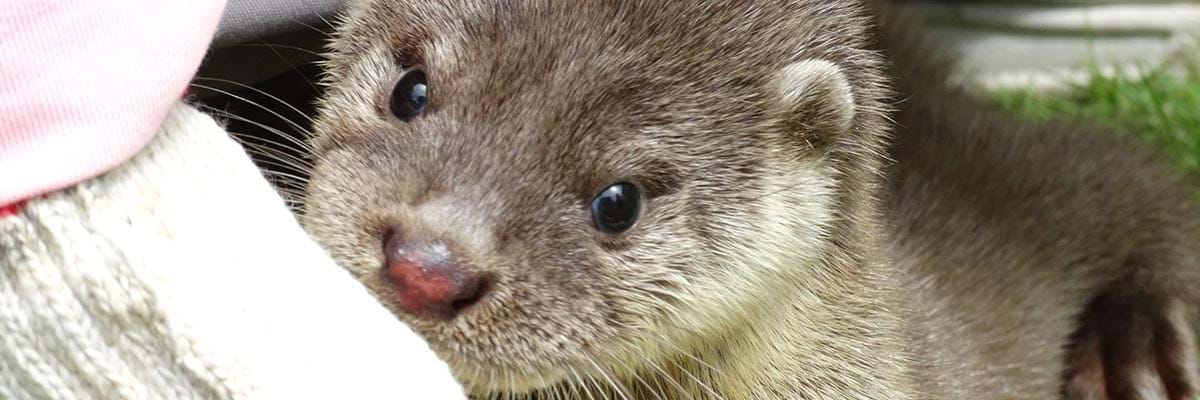
Try to spot a lovely Eurasian otter
Did you know that other than battlefield scenery, Minnan-style villages and wind lion god, you can also see precious Eurasian otters in Kinmen? However, as otters are nocturnal animals sensitive to water pollution, population decline and incidents of car hitting otters at night occur. Please pay extra attention to otters when driving in Kinmen as you might run into one anytime!
Distribution of Otters
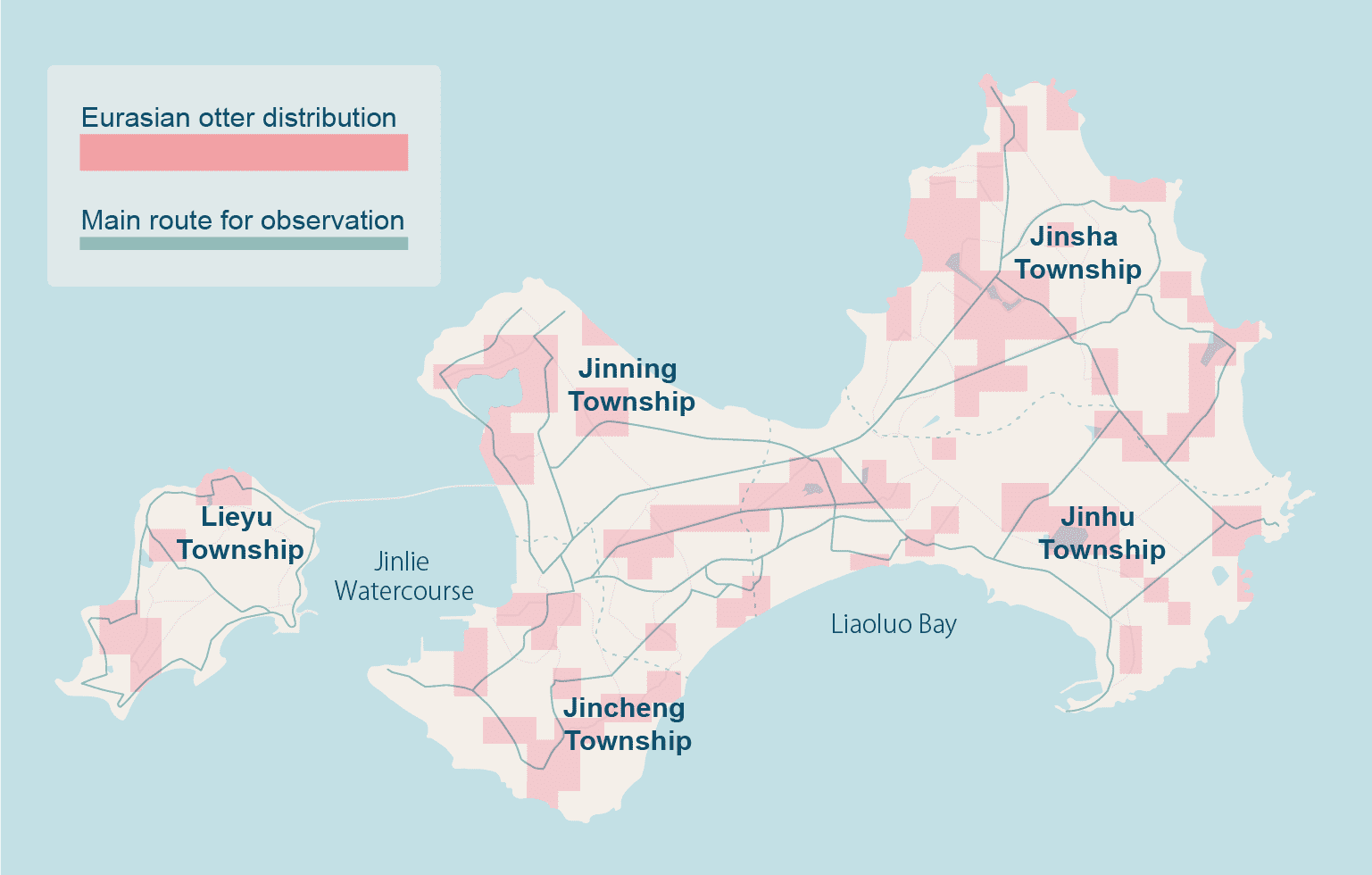
Data source: Formosan Wild Sound Conservation Science Center Co.,LTD.


